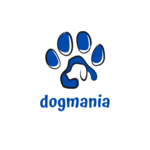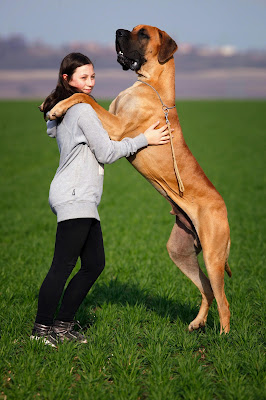Transitioning your dog to a raw food diet can offer numerous health benefits, from shinier coats to increased energy levels. However, it's crucial to make this transition safely and thoughtfully. Here, we provide expert advice to help you navigate this change successfully.
Understanding the Raw Food Diet
A raw food diet for dogs typically includes raw meat, bones, fruits, and vegetables. Proponents argue that it mimics what dogs' ancestors ate in the wild and can lead to improved overall health. However, it's important to ensure that the diet is balanced and meets all of your dog's nutritional needs.
Benefits of a Raw Food Diet
Improved Digestion
Raw food can be easier for dogs to digest compared to processed kibble. The natural enzymes found in raw food help break down food more efficiently, potentially reducing gastrointestinal issues.
Healthier Skin and Coat
Many dog owners report that their pets have shinier coats and healthier skin after switching to a raw food diet. The natural oils and fats in raw meat contribute to this improvement.
Enhanced Energy Levels
A diet rich in high-quality proteins and fats provides sustained energy, which can result in increased vitality and activity levels.
Better Dental Health
Chewing on raw bones can help clean your dog's teeth naturally, reducing plaque and tartar buildup and promoting better oral hygiene.
Steps to Transition Your Dog to a Raw Food Diet
1. Consult Your Veterinarian
Before making any changes to your dog's diet, consult your veterinarian. They can help ensure that the new diet meets all of your dog's nutritional requirements and provide guidance on how to make the transition safely.
2. Gradual Transition
A gradual transition is key to avoiding digestive upset. Start by replacing a small portion of your dog's current food with raw food, gradually increasing the amount over 7-10 days. Monitor your dog for any signs of digestive issues, such as diarrhea or vomiting.
3. Balance the Diet
Ensure that the raw food diet is balanced. A typical raw food meal should consist of:
- 70-80% muscle meat (including heart, which is a muscle)
- 10% raw edible bone
-5% liver
- 5% other secreting organs (kidneys, pancreas, etc.)
- 5-10% vegetables and fruits(optional)
Using a variety of meats can help provide a range of nutrients.
4. Source Quality Ingredients
Use high-quality, human-grade ingredients to minimize the risk of contamination and ensure your dog is getting the best nutrition possible. Avoid meats treated with antibiotics or hormones.
5. Monitor Your Dog's Health
Regularly monitor your dog's weight, energy levels, coat condition, and stool quality. Any significant changes can indicate that the diet needs adjustment. Regular vet check-ups are also essential to ensure your dog remains healthy.
Common Challenges and How to Overcome Them
Bacterial Contamination
Raw food can carry bacteria such as Salmonella and E. coli. To minimize risk:
-Practice good hygiene: Wash your hands, utensils, and surfaces thoroughly after handling raw food.
- Freeze meat: Freezing meat for a few days can kill many harmful bacteria.
- Buy from reputable sources: Ensure the meat is fresh and sourced from trusted suppliers.
Nutritional Imbalance
A raw food diet must be carefully balanced to prevent nutritional deficiencies. Use supplements if necessary, but consult your vet before adding anything to your dog’s diet.
Cost
Raw feeding can be more expensive than traditional kibble. To manage costs:
- Buy in bulk: Purchase larger quantities of meat to reduce costs.
- Shop sales: Look for discounts or sales at local butchers or grocery stores.
- Prepare in advance: Preparing meals in bulk and freezing them can save time and money.
Resistance to Change
Some dogs may be resistant to new foods. To ease the transition:
- Mix raw with their current food: Gradually introduce the new diet.
- Use tasty treats: Incorporate favorite treats to make the new food more appealing.
- Be patient: Give your dog time to adjust to the new diet.
Final Thoughts
Transitioning your dog to a raw food diet can lead to numerous health benefits, but it must be done carefully and thoughtfully. By consulting with your veterinarian, ensuring a gradual transition, balancing the diet, sourcing quality ingredients, and monitoring your dog's health, you can make this change safely and effectively. Remember, each dog is unique, so what works for one might not work for another. Patience and diligence are key to ensuring your dog's diet supports their health and well-being.
Implementing these expert tips will help you transition your dog to a raw food diet safely, providing them with the nutrition they need to thrive.



leave me your thoughts here